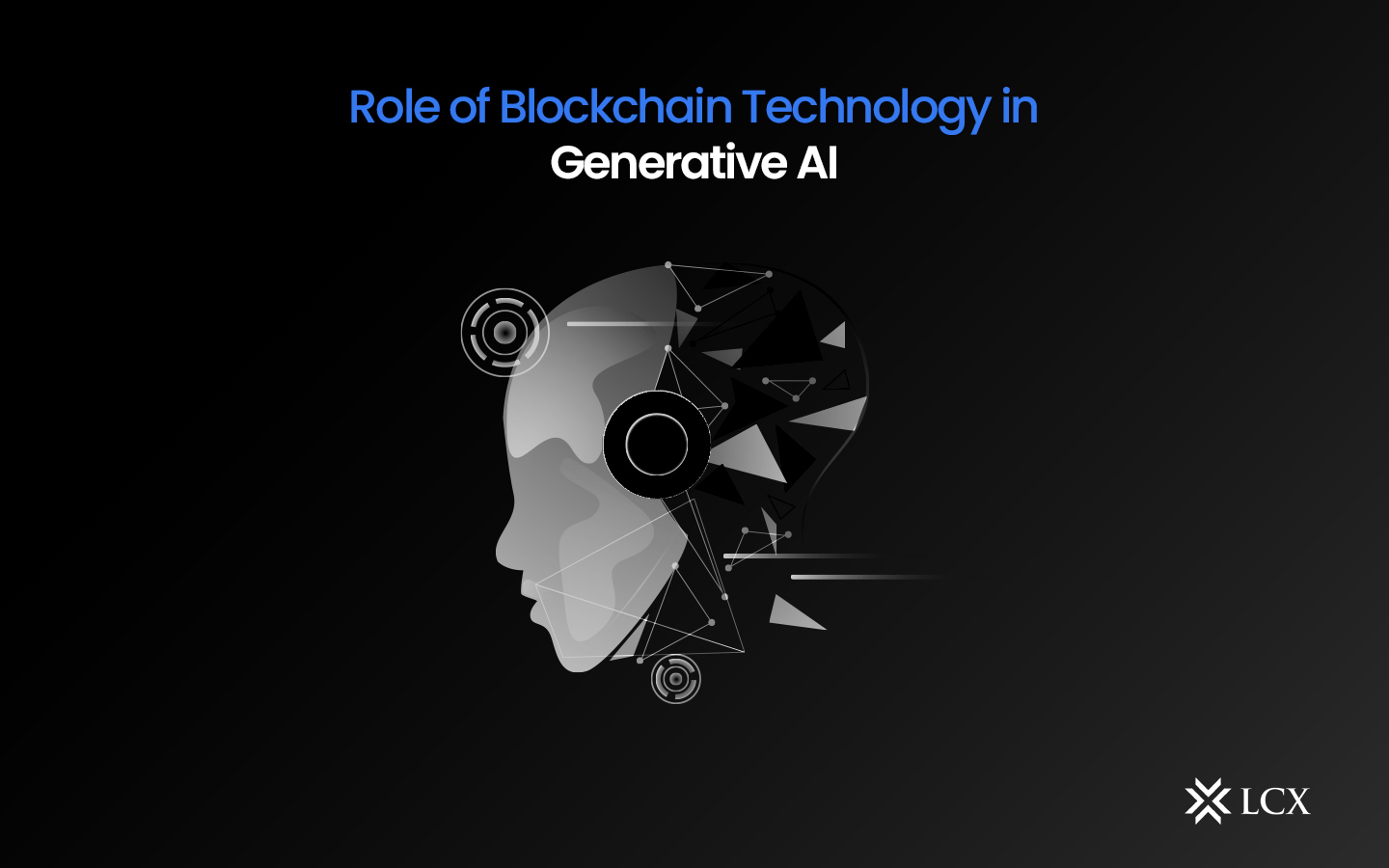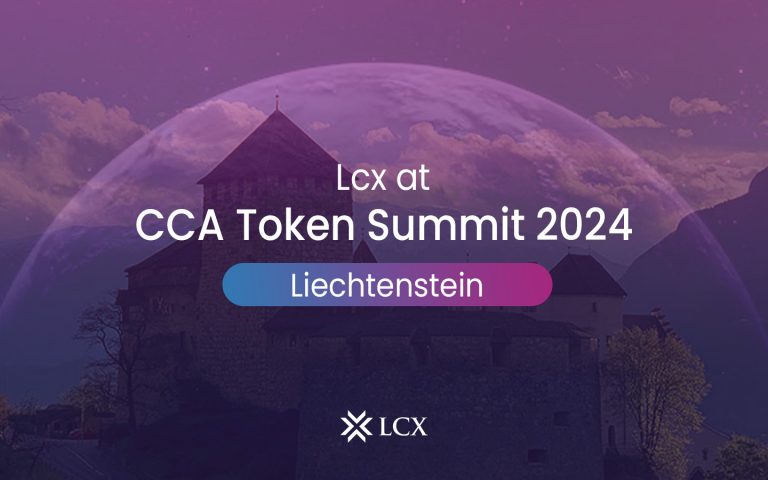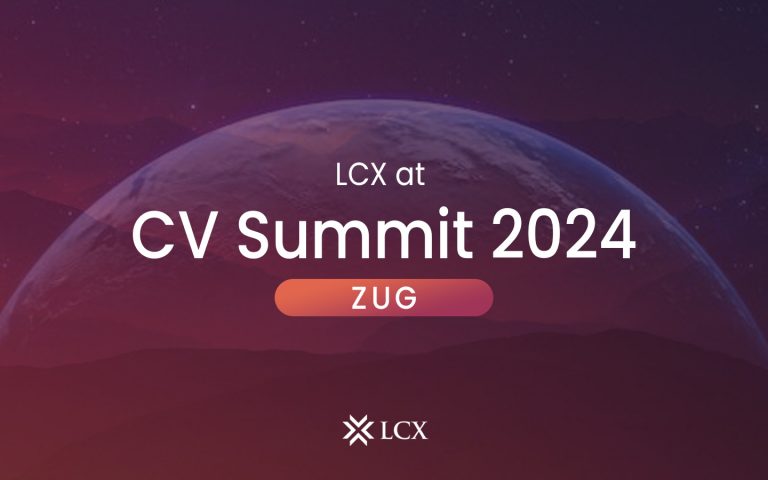The digital landscape is an ever-evolving space where groundbreaking innovations are a regular occurrence. But two innovative technologies have emerged as significant disruptors in the ever-changing digital landscape: Artificial Intelligence (AI) and blockchain. These technologies propel the transition to Web 3.0, an era characterized by decentralized networks, increased data privacy, and enhanced trustworthiness. We unlock unprecedented opportunities for innovation, efficiency, and security by leveraging the combined potential of AI and blockchain.
Understanding Generative AI
Generative AI, a subset of artificial intelligence, is transforming the way we analyze and interact with data. It allows machines to recognize patterns, produce content, and make predictions. With the advent of deep learning algorithms and neural networks, the creative potential of generative AI has reached new heights, unleashing incredible potential. Data analysis is one of the most promising applications of generative AI. By employing complex algorithms, it is able to sift through immense amounts of data and extract useful insights. This capability improves decision-making processes, aids in identifying trends, and reveals patterns that humans may overlook. Organizations can optimize their operations, foster innovation, and acquire a competitive edge with generative AI.
Understanding Blockchain Technology
Blockchain, on the other hand, supports Web 3.0’s foundations by enhancing security, transparency, and trust in a decentralized setting. Blockchain technology facilitates the creation of immutable and tamper-resistant digital ledgers in which transactions and data are recorded and validated by a network of participant nodes. Blockchain has emerged as a game-changer in the domain of data management. Utilizing cryptographic algorithms and distributed consensus mechanisms, it ensures the authenticity and integrity of data. This level of confidence eliminates the need for intermediaries, reduces the risk of fraud, and enhances the efficacy of data exchange.
Synergy Between Generative AI and Blockchain
When generative AI and blockchain converge, a potent synergy is created that amplifies both technologies’ strengths. This integration creates extraordinary opportunities in numerous fields, including finance, healthcare, supply chain management, and the creative industries. Analyzing vast quantities of data, generative AI identifies patterns and generates valuable insights. Using the immutability of blockchain, these insights can be securely stored and verified by multiple parties. This transparency facilitates data-driven decision-making based on reliable and accurate information.
The intersection of blockchain technology and generative AI addresses the following concerns:
Securing Intellectual Property Rights:
One of the primary challenges in the realm of generative AI is the protection of intellectual property rights. When AI systems generate original content, issues arise regarding ownership and attribution. Blockchain technology can serve as an immutable and transparent ledger, recording the creation of each piece of content. By associating ownership and usage rights with a digital token or smart contract, blockchain can help establish a clear chain of custody and enable automatic royalty distribution to content creators.
Enhancing Data Privacy and Security
Generative AI systems rely on vast datasets to learn and generate content. However, privacy and security concerns often arise when handling sensitive data. By leveraging blockchain’s decentralized architecture, data can be stored and shared securely, reducing the risk of breaches and unauthorized access. Blockchain’s cryptographic techniques and consensus mechanisms add an extra layer of protection, ensuring the integrity and confidentiality of the data used by generative AI systems.
Promoting Collaboration and Co-Creation
Blockchain technology can revolutionize the way collaborative projects are undertaken in the generative AI realm. Smart contracts, powered by blockchain, can facilitate transparent and automated collaboration by defining the terms, conditions, and revenue-sharing agreements among multiple parties involved in the creative process. This fosters a more inclusive and equitable ecosystem, encouraging creators, developers, and investors to collaborate and co-create innovative solutions.
Building Trust and Verifiability
In an era plagued by deep fakes and misinformation, trust becomes a crucial factor in accepting and verifying the authenticity of generated content. Blockchain technology provides a transparent and tamper-proof record of each content creation event, enabling users to verify the authenticity and provenance of generative AI outputs. By anchoring the generated content to the blockchain, consumers can be confident in the legitimacy of the material they interact with, leading to increased trust and reduced manipulation.
Conclusion
The convergence of blockchain technology and generative AI opens up a new frontier of innovation, empowering creators, protecting intellectual property, and fostering trust in the digital age. By harnessing the decentralized nature of blockchain and the creative potential of generative AI, industries can unlock untapped possibilities and reshape the way we collaborate, create, and interact with content. As blockchain technology continues to evolve and generative AI advances, this powerful synergy is poised to shape the future of our digital landscape.










